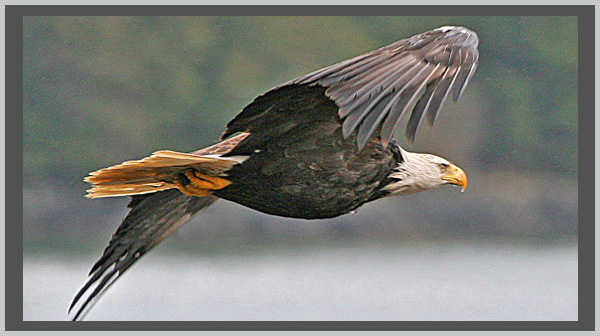
Spotlight on the Bald Eagle
America’s national symbol is back from the brink of extinction. The bald eagle (Haliaetus leucocephalus), once common throughout most of North America, was reduced to as few as 400 nesting pairs in the lower 48 United States by the 1960s. By 1995, the number of nesting pairs had risen to nearly 4,500 and is still increasing.
The decline of the bald eagle was caused primarily by habitat loss and widespread use of the pesticide DDT. Toxins accumulated in the fatty tissues of adult eagles and caused the females to lay eggs with shells too thin to survive. Intensive recovery actions, along with the ban on DDT, are credited with saving this majestic raptor.
These efforts included rescue, rehabilitation, and release of injured eagles and protection of key habitats. In 1995, the United States Fish and Wildlife Service recognized the continuing recovery of the bald eagle by upgrading its official status under the Endangered Species Act from “endangered” to the less-critical category of “threatened.”
Similarly, the peregrine falcon was threatened by DDT, but has now made a comeback. It breeds in many major cities in the United States, including New York and Seattle. The Peregrine Fund, a conservation organization focused on birds of prey, has introduced peregrines back into areas where they have been absent for decades.
Related Topics:
Case Study on the Philippine Monkey-Eating Eagle
Explore:
Click here for Endangered Species Classroom Activities
Click here for Endangered Species Classroom Glossary